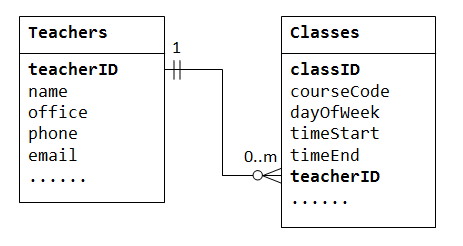In the dynamic world of modern web development, JavaScript plays a pivotal role in creating interactive and responsive web applications. Asynchronous calls are a cornerstone of JavaScript programming, allowing you to fetch data from servers, interact with APIs, and execute time-consuming tasks without blocking the main thread. One common question that arises is: “How do I return the response from an asynchronous call in JavaScript?” In this article, we’ll explore various techniques and best practices to tackle this fundamental challenge.
Understanding Asynchronous Calls in JavaScript
Before we dive into the methods of returning responses from asynchronous calls, let’s first understand the basics of asynchronous operations in JavaScript.
Asynchronous calls are used when you need to perform tasks that may take some time to complete, such as fetching data from a remote server. Instead of waiting for these tasks to finish, JavaScript allows you to execute other code concurrently, ensuring your application remains responsive. This is crucial for delivering a smooth user experience.
Method 1: Using Callbacks
Callbacks are one of the traditional ways to handle asynchronous operations in JavaScript. You can pass a function as a callback to be executed once the asynchronous operation is complete. Here’s a simple example:
function fetchData(callback) {
setTimeout(() => {
const data = { message: 'Hello, world!' };
callback(data);
}, 1000); // Simulate an asynchronous delay
}
function processResponse(response) {
console.log('Response:', response);
}
fetchData(processResponse);While callbacks work, they can lead to callback hell (also known as the “Pyramid of Doom”) when dealing with multiple nested asynchronous calls, making the code hard to read and maintain.
Method 2: Using Promises
Promises provide a more structured and readable way to handle asynchronous operations. They allow you to work with asynchronous code in a more linear fashion. Here’s an example:
function fetchData() {
return new Promise((resolve, reject) => {
setTimeout(() => {
const data = { message: 'Hello, world!' };
resolve(data);
}, 1000); // Simulate an asynchronous delay
});
}
fetchData()
.then(response => {
console.log('Response:', response);
})
.catch(error => {
console.error('Error:', error);
});Promises simplify error handling and make it easier to chain multiple asynchronous calls together.
Method 3: Using Async/Await (ES6)
Async/await is a modern JavaScript feature introduced in ES6 that further simplifies working with Promises. It allows you to write asynchronous code in a synchronous style, making it more readable and easier to reason about:
async function fetchData() {
return new Promise((resolve, reject) => {
setTimeout(() => {
const data = { message: 'Hello, world!' };
resolve(data);
}, 1000); // Simulate an asynchronous delay
});
}
async function main() {
try {
const response = await fetchData();
console.log('Response:', response);
} catch (error) {
console.error('Error:', error);
}
}
main();Async/await is now the preferred way to handle asynchronous operations in modern JavaScript development due to its readability and maintainability.
Conclusion
Returning the response from an asynchronous call in JavaScript is a fundamental skill for web developers. While callbacks offer a basic approach, Promises and Async/await provide more structured and readable methods for handling asynchronous code.
By understanding and using these techniques, you can ensure that your JavaScript applications remain responsive and deliver a smooth user experience. Whether you’re fetching data from an API, handling user input, or performing any other asynchronous task, mastering these concepts is essential for modern web development.





